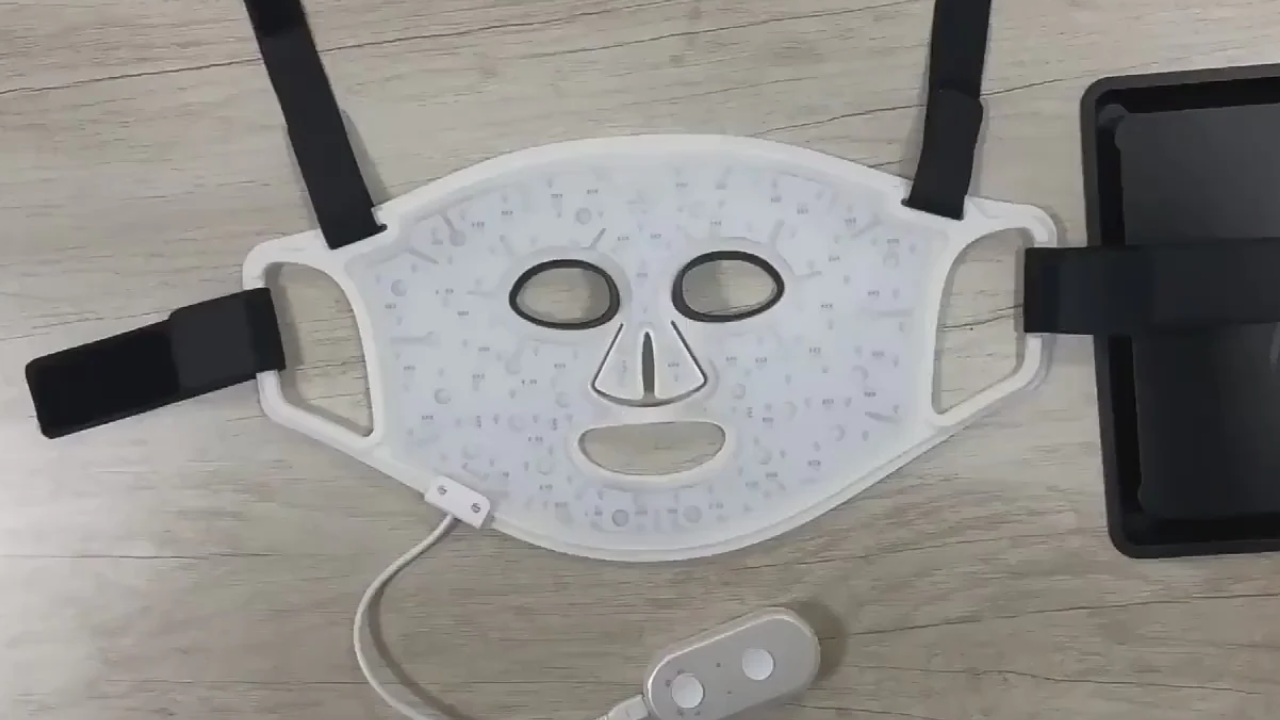The photobiomodulation helmet, which uses light to affect brain cellular activity, is a revolutionary advancement in medicinal technology. This novel technology uses carefully placed light-emitting diodes (LEDs) to transmit targeted light wavelengths to the brain and scalp, which trigger a series of biological activities.
Because it enhances mitochondrial function, increases energy production, and supports neuroprotective mechanisms, the photobiomodulation helmet holds great promise for the treatment of a wide range of neurological and mental health conditions. This innovative technology offers hope for better outcomes and game-changing treatments by illuminating a new frontier in healthcare.
How Function Photobiomodulation Helmets?
Low-level light treatment is used in photobiomodulation helmets to stimulate cellular function and aid in healing. Particular light wavelengths, usually in the red or near-infrared range, are emitted by LEDs in the helmet, penetrating the skull and reaching the cells. This light energy lowers inflammation, improves blood flow, and speeds up cellular metabolism. It is thought that enhancing tissue healing and stimulating hair follicle activity, can help diseases like hair loss.
Kinds of Photobiomodulation Helmets
PBM helmets can differ in terms of their intended uses, technology, and design. These are a few typical kinds:
Full Head Helmets
Full-head helmets are among the most often used varieties of photobiomodulation helmets. These helmets cover the complete head and provide light therapy to both the brain and the scalp at the same time. They are frequently used to treat ailments like cognitive improvement, neurodegenerative diseases, and hair loss. Usually, a range of strategically positioned LED lights or laser diodes is incorporated into the design to guarantee even illumination throughout the scalp.
Helmet Caps
A more portable and smaller alternative to full-head helmets is helmet caps. They are made to fit comfortably for long periods and have a beanie or cap-like shape. For users who wish to include PBM into their everyday routine without the bulk of a full-head helmet, helmet caps are a suitable option. They are frequently used to treat ailments like stress, mood problems, and migraine headaches.
Multi-Wavelength Helmets
Multi-wavelength helmets capitalize on the fact that photobiomodulation works well at a variety of wavelengths. These helmets target numerous cellular processes at once by combining various light sources, such as red, near-infrared, and occasionally other colors. By addressing different facets of cellular function, multi-wavelength helmets are thought to provide improved therapeutic results. A wider range of uses, including pain relief, cognitive enhancement, and skin rejuvenation, are available to users.
Wireless Helmets
Manufacturers have released wireless photobiomodulation helmets in response to consumer demand for user-friendly technology. Rechargeable batteries power these helmets, doing away with bulky wires and improving portability. Users can move around more easily during sessions and include PBM in their everyday routines because of the wireless capability. Because they allow users to receive therapeutic effects without being dependent on a power source, these helmets are frequently utilized for ailments including chronic pain.
Smart Helmets
As a result of technological developments, certain photobiomodulation helmets now have smart functions. These helmets might have integrated sensors to track usage patterns, keep an eye on the effectiveness of treatments, and modify light intensity according to user requirements. Users with smartphone connectivity can monitor their PBM journey and adjust treatment parameters. For people who value data-driven approaches to health and fitness, smart helmets are perfect.
Helmet Combination
Combination helmets provide a complete approach to health and well-being by integrating PBM with other technologies. To target both light and electrical stimulation of the brain, certain helmets, for instance, combine PBM with neurofeedback or transcranial electrical stimulation. The objective of these combination devices is to augment the therapeutic benefits through the synergistic activation of several bodily circuits.
Finally
There are numerous varieties of photobiomodulation helmets on the market, with uses ranging from treating neurological disorders to stimulating hair growth. Red or near-infrared light is delivered by these helmets using low-level lasers or LEDs to stimulate biological activities. The landscape of PBM helmets for various therapeutic purposes may continue to change due to continuous research and technological advancements.


